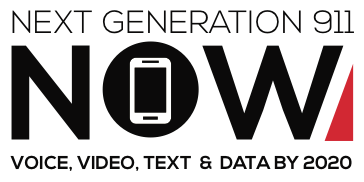By Barry Furey, American City & County
More than 240 million 911 calls are made each year in the United States, and a majority of them come from wireless digital devices, according to the Alexandria, Va.-based National Emergency Number Association (NENA). However, while the number of emergency calls has increased over the last four decades, the 911 network — the piece that connects the caller with emergency assistance — has not changed to meet the demands. In many cases, 911 networks cannot fully use the features of modern telephone devices, such as the ability to send text messages and photos.
The increased use of Voice over Internet Protocol (VoIP) technology has challenged the viability of 911, as well. Two decades after the first VoIP call, Congress passed The New and Emerging Technologies 911 Improvement Act of 2008 to get VoIP providers to meet the same standards as other carriers, such as telephone companies that provide landlines, including being capable of identifying the location of the emergency caller. And, therein lies another problem: existing legislation is often as outdated as the current equipment, meaning that changes in law may also have to accompany changes in hardware.
Barry Furey is director of the Raleigh-Wake County, N.C., Emergency Communications Center.
